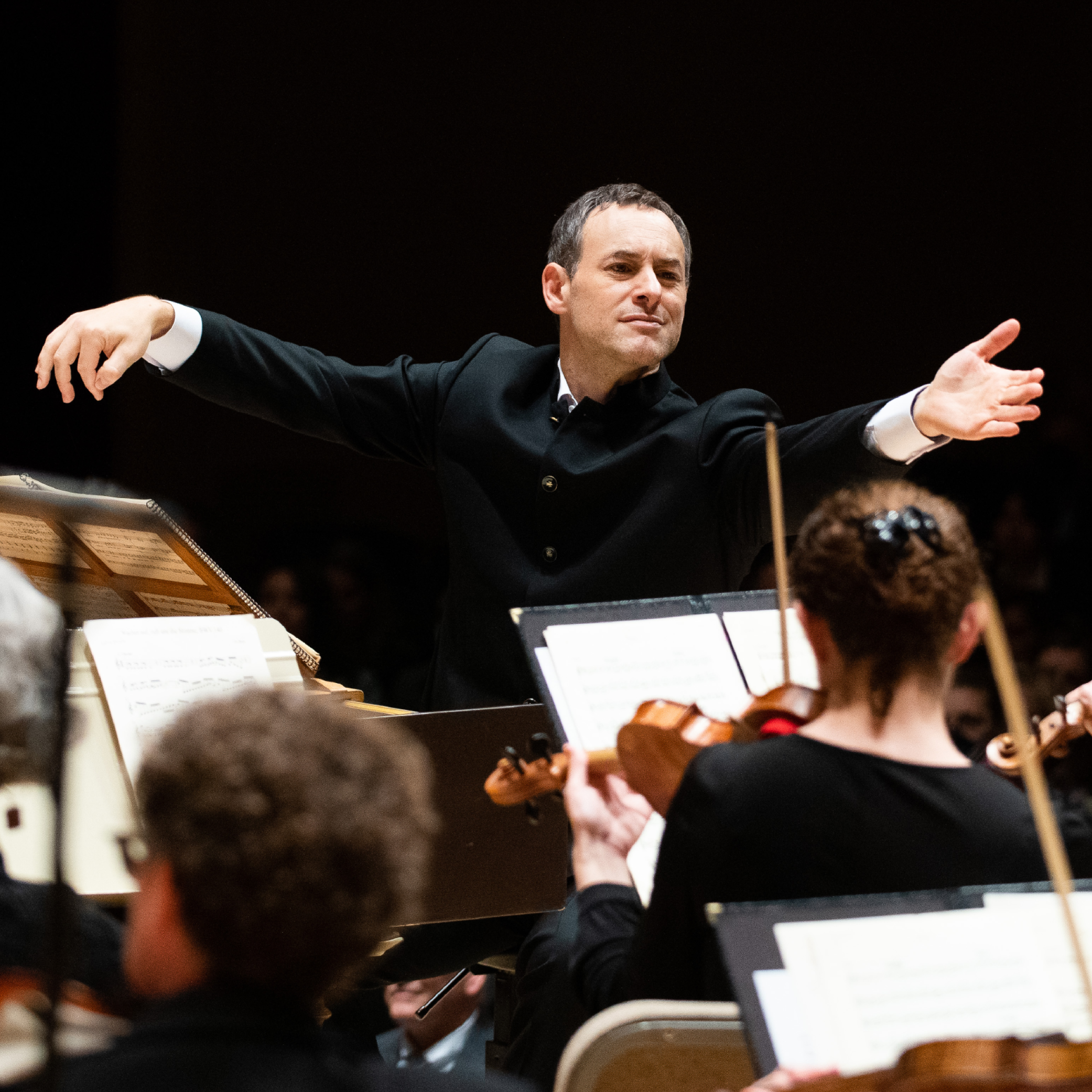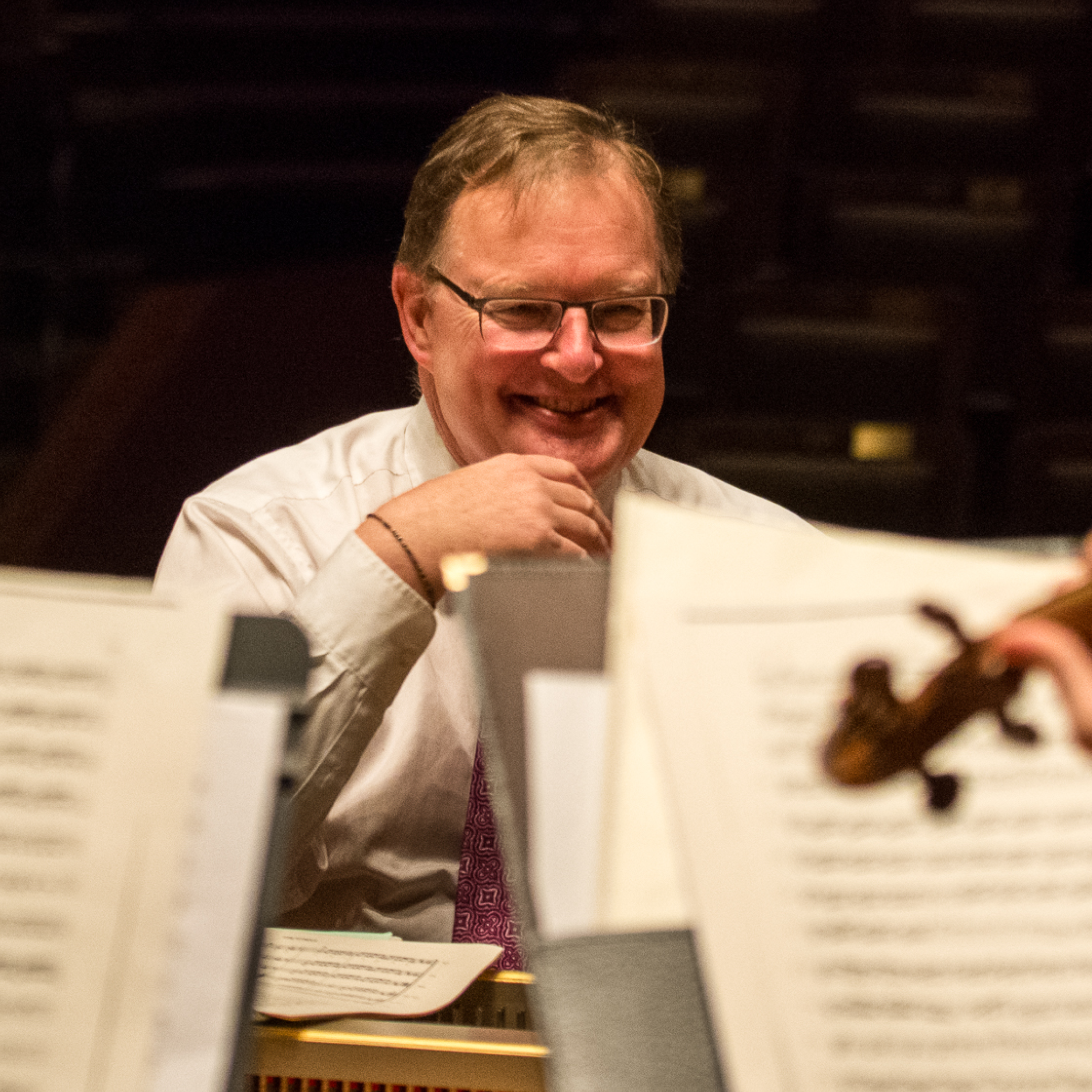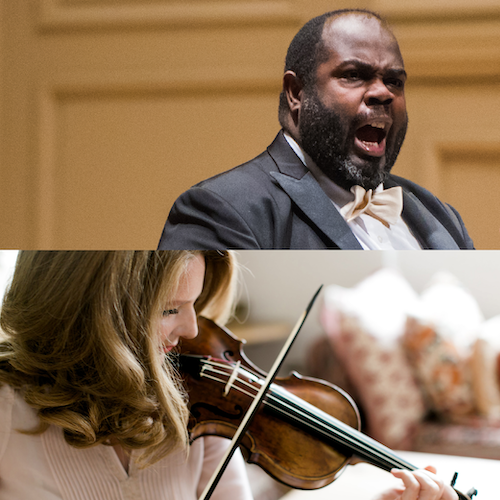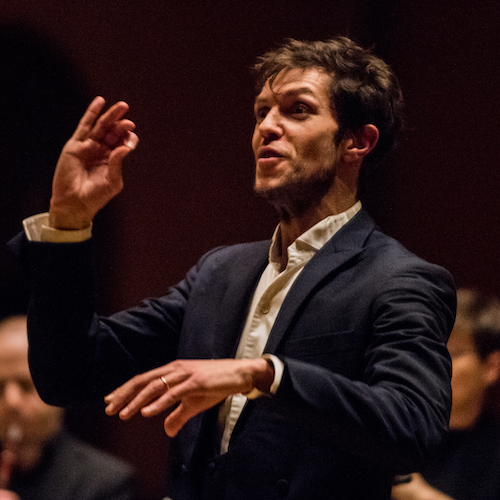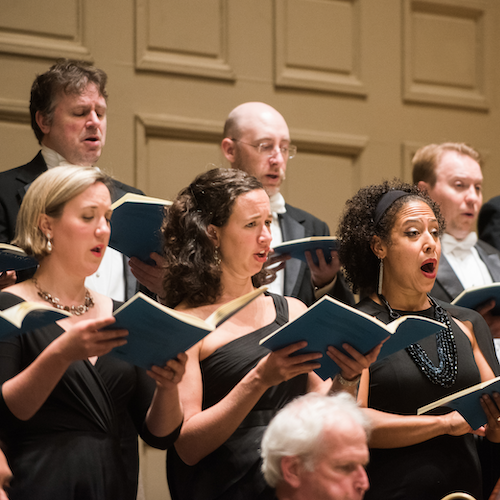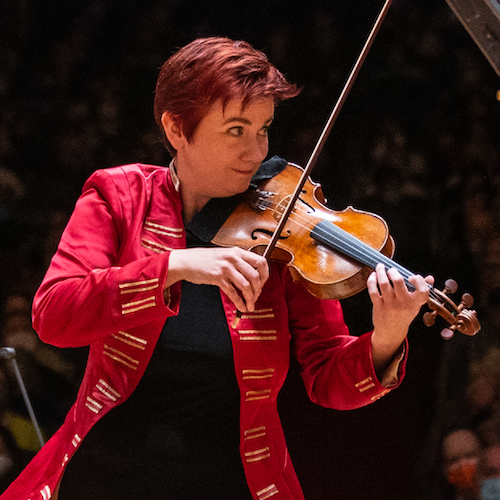H+H uses period instruments to create an historically-informed presentation of Baroque and Classical music—as close as possible to the composer’s original intent. Interestingly, not all the instruments are available as working antiques. Sometimes we make new instruments to function and sound like the originals.
Basset Horn
The basset horn is actually a kind of alto clarinet. Thomas Carroll, an H+H clarinetist and instrument builder, is making special modifications to his instrument for Amadeus Live.
“When people ask me to describe the basset horn, I usually tell them ‘it’s the viola of the clarinet family’—it’s under-appreciated, you have to work three times as hard to make it sound effortless, and no two are made exactly alike.
“The Viennese classical basset horn is an odd-looking contraption. While it has a mouthpiece and reed like any other clarinet, the tube is bent in the middle, and folded over on itself three times in the same vein as the bassoon at the bottom, terminating in a metal bell like a trumpet of horn.
“Mozart knew of the basset horn before relocating to Vienna, using them for the first time in Idomeneo, but it was in Vienna that he was able to collaborate with musicians that would make his fondness for the basset horn and clarinet a hallmark of the last decade of his life.
Amadeus Live presents a challenge for players of historical instruments because of the pitch requirements. While H+H typically performs the music of Mozart at A430 (a lower pitch common in Mozart’s time), Amadeus was filmed in 1984 with a modern orchestra providing the soundtrack at A440 (a higher tuning pitch standard today). While my colleagues in the string and brass sections can easily tune up to A440, the wind players have all had to come up with instruments that are period appropriate but also play at the same pitch as the singers in the film.
“I’m building three new shorter joints for my basset horn to raise the pitch. I used some basic math to come up with the new lengths and dimensions, and the plan is to go about building the new pieces as if I were building any other instrument for a client. Acoustically, it will be the same as if I used my A430 basset horn, just a bit shorter and at a higher pitch, so I’ll be able to use my original mouthpiece and reeds, which are actually the harder parts of the instrument to fine tune!”
